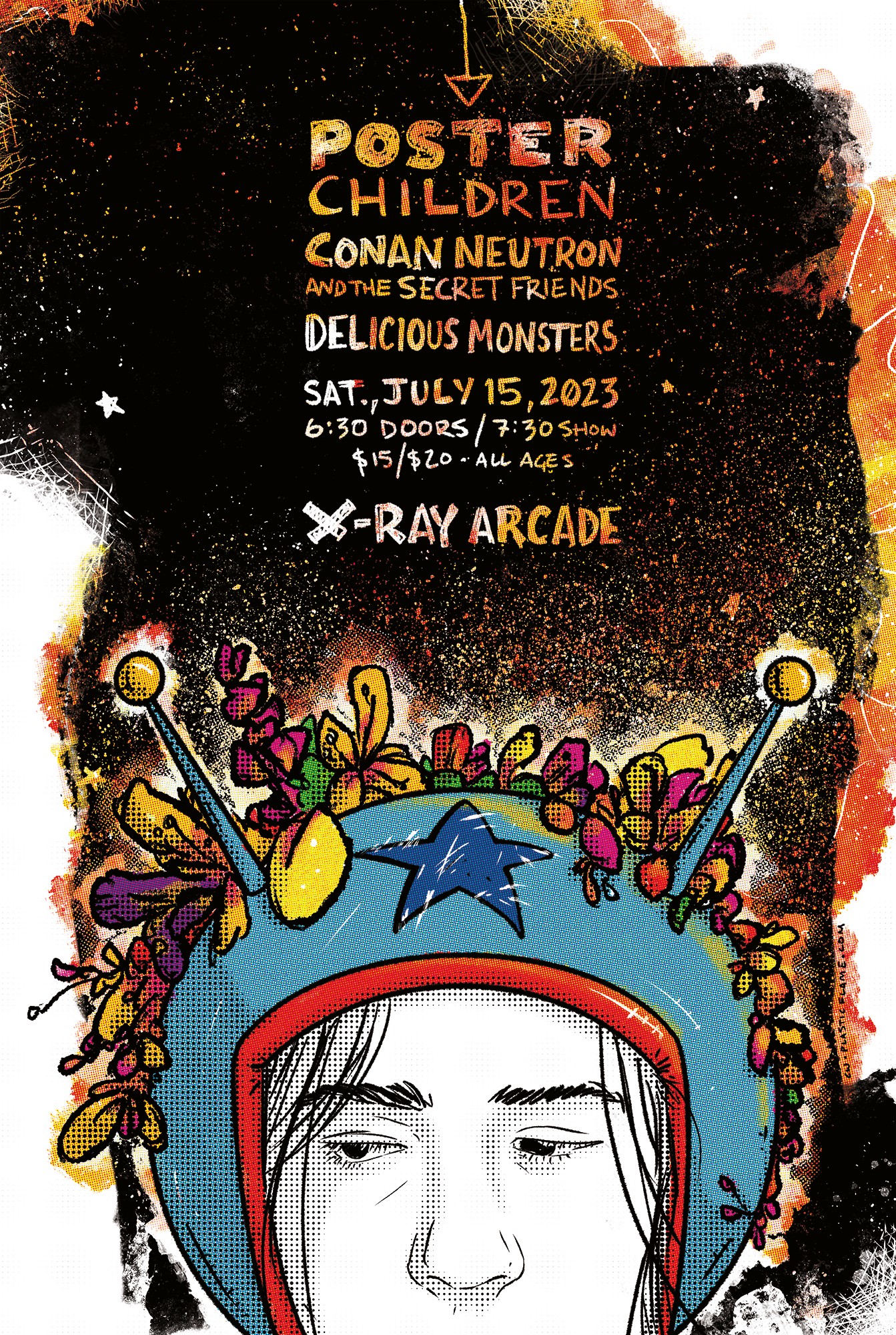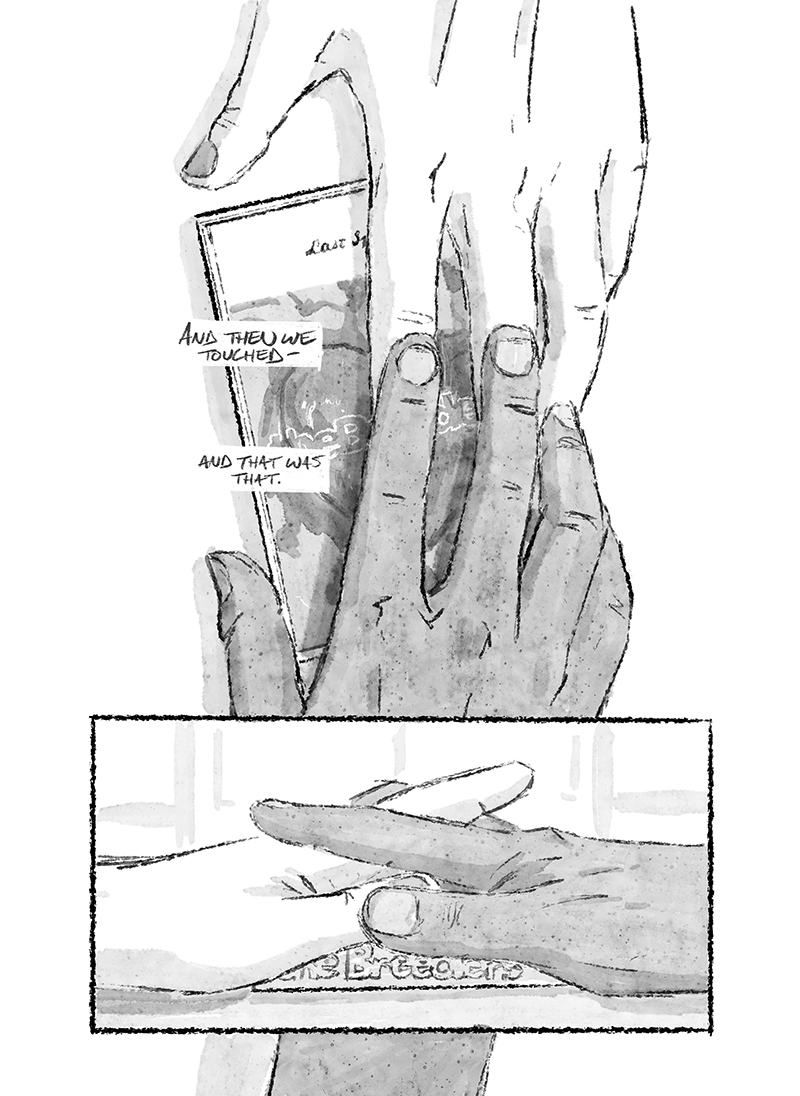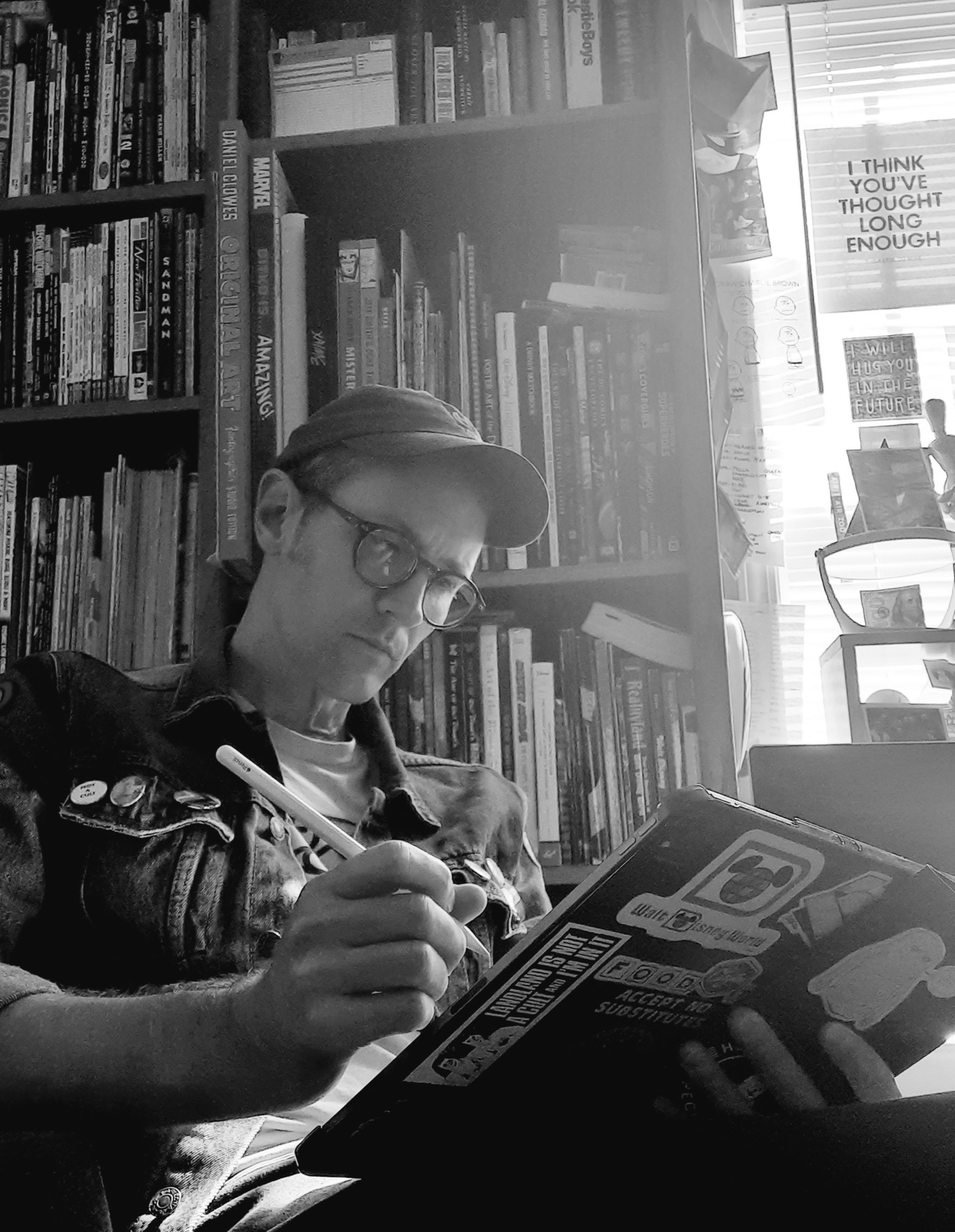We were lucky to catch up with Christopher Williams recently and have shared our conversation below.
Christopher, thanks for joining us, excited to have you contributing your stories and insights. How did you learn to do what you do? Knowing what you know now, what could you have done to speed up your learning process? What skills do you think were most essential? What obstacles stood in the way of learning more?
With my sequential (comic) work, there are two major things that helped contribute to my learning the craft. One was collecting comics over the years, and not even necessarily reading them, but studying them and the way the pictures told the story. It’s not that I think words are unimportant in graphic storytelling, it’s just that the pictures need to hold the attention and should do the heavy lifting, since it’s a visual medium. A page with 500 words on it is great for prose, but if those words are sharing space with pictures, things can get static. Through my work, I’ve tried to create pieces that don’t rely as much on the written word and hopefully evoke more feeling through what the reader is seeing.
The other major contribution has been consistently working. For most of my life, I’d do some work and walk away for a couple days, then come back and try to pick up where I left off. I could never figure out why I wasn’t improving faster, or in a more noticeable way. No matter how hard I tried, it felt like actual work, not fun work, because I got in my own way by not devoting myself to the time the craft needs. Once I began getting up every morning and doing some sort of art, whether it be a small drawing or a full page of sequential work, an image for a poster, or even just thumbnails for work I have coming up, I found that I was able to advance much more quickly into a style I was comfortable with. I wish I had come to this sooner, but I recognize that I didn’t have the discipline and patience in my younger years.
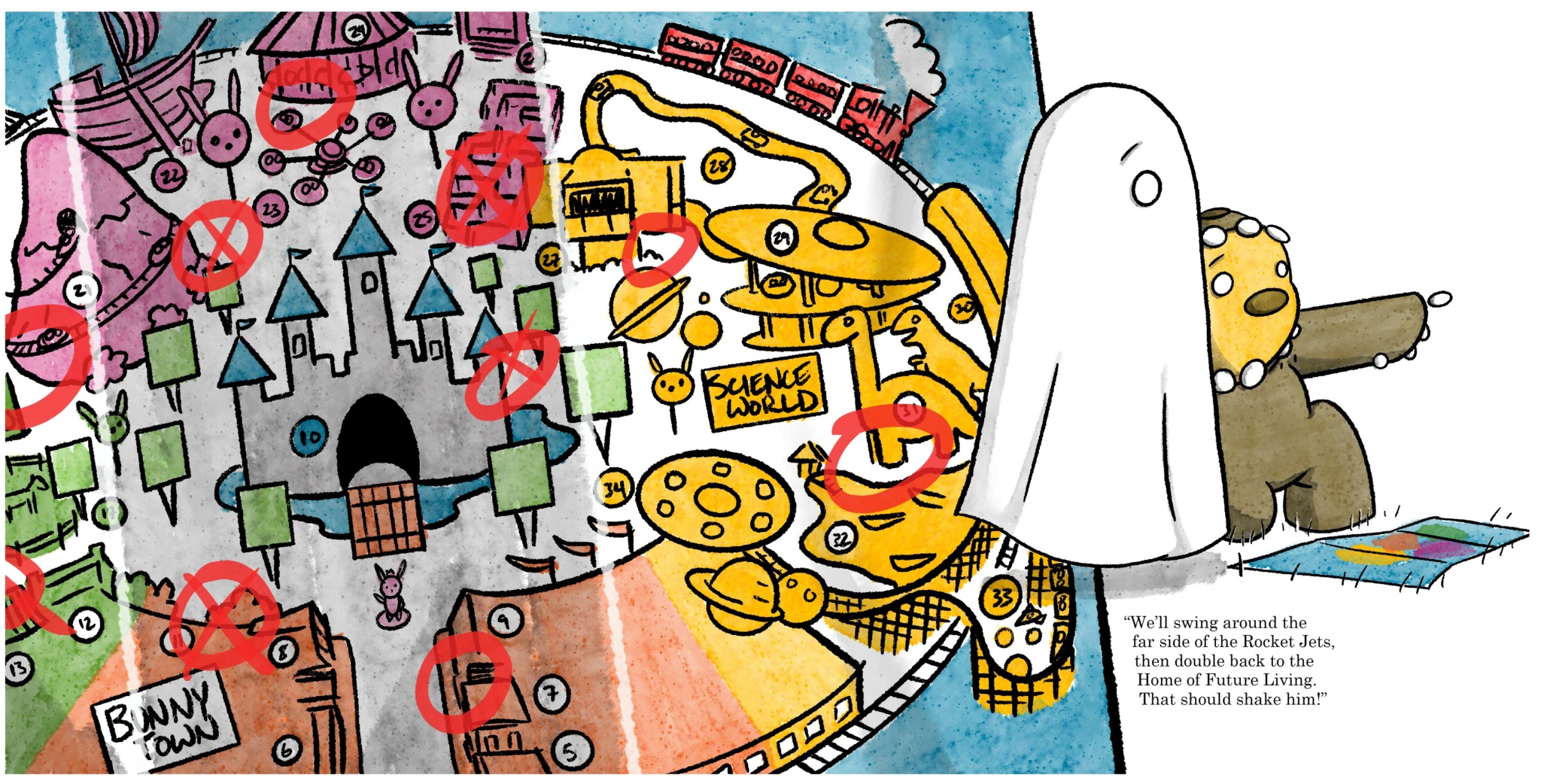
Awesome – so before we get into the rest of our questions, can you briefly introduce yourself to our readers.
For my day job, I’m a graphic designer, having worked for years now with restaurants and organizations on branding, printed assets, advertising campaigns, and so on.
With my work outside of that, I create comics and graphic novels, which I self publish, and I also illustrate and screenprint gigposters for rock shows, under the name Plastic Flame Press. The comics and graphic novels have been a means for me to process and explore aspects of my depression and anxiety. I’ve used them over the last five years to try and expand on the ways I feel and the fears I deal with, sharing them as openly as I can in hopes of connecting with others who might feel as alone as I’ve felt over the years, internalizing negative feeling until they become overwhelming.
With my poster work, while I have a much more limited canvas than a comic, I try to still convey a story of some sort, frequently trying to incorporate small details (or “debris,” as I call it) that maybe someone misses on first look.
I’ve been working on the comics now for around five years, but I’ve got 20 years under my belt with gigposters, having produced hundreds from my home studio. Jumping back and forth between the two, I like seeing how one informs the other, and how they can scratch different artistic itches I have.

What can society do to ensure an environment that’s helpful to artists and creatives?
I think finding any way to support artists and creatives is a net positive, whether that be through corresponding with them or, more importantly, unfortunately, financially supporting them through purchasing their work. A lot of the creatives that are out in the community are giving the craft everything they have, but in a way that is necessarily tempered by what they have to give to other aspects of their lives, like full time jobs. A person only has so much energy, so to see that their energy isn’t being spent in vain, that their work is connecting with someone, can help them tremendously, giving them a little more steam to keep working at it. Many cities offer grants and other forms of help to artists, which I think is a great way to not only inspire artists to keep pushing forward, but also to make them feel like they’re part of a community they might not otherwise know exists, as most of us work in seclusion.
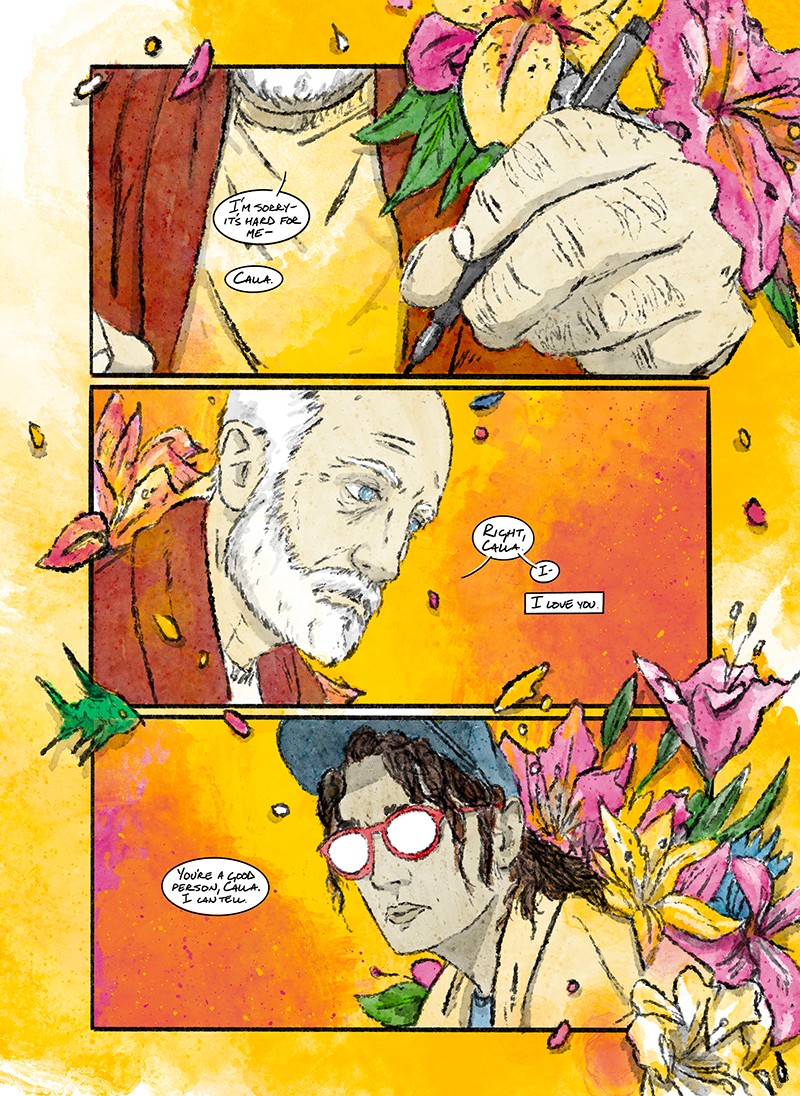
What’s the most rewarding aspect of being a creative in your experience?
For me, the most rewarding part of what I do is connecting with people. A big reason I wanted to create gigposters when I was starting out was so that someone can take a keepsake from a show home with them to remember a certain night. Over the years I’ve heard a slew of stories from people related to posters I’ve done; first dates, best show they’ve ever seen, nights that hold a special place in their heart that they have a souvenir from. With my comic work, it’s been great to talk to people and have them share stories and feelings what I’ve created evokes for them, whether it be feelings they didn’t know others felt or instances they can relate to, personally. That’s really the greatest part for me, because it reminds me we’re all part of a larger conversation, regardless of how alone my depression and anxiety might make me feel.
Contact Info:
- Website: https://plasticflame.com
- Instagram: @plasticflame
- Linkedin: plasticflame
